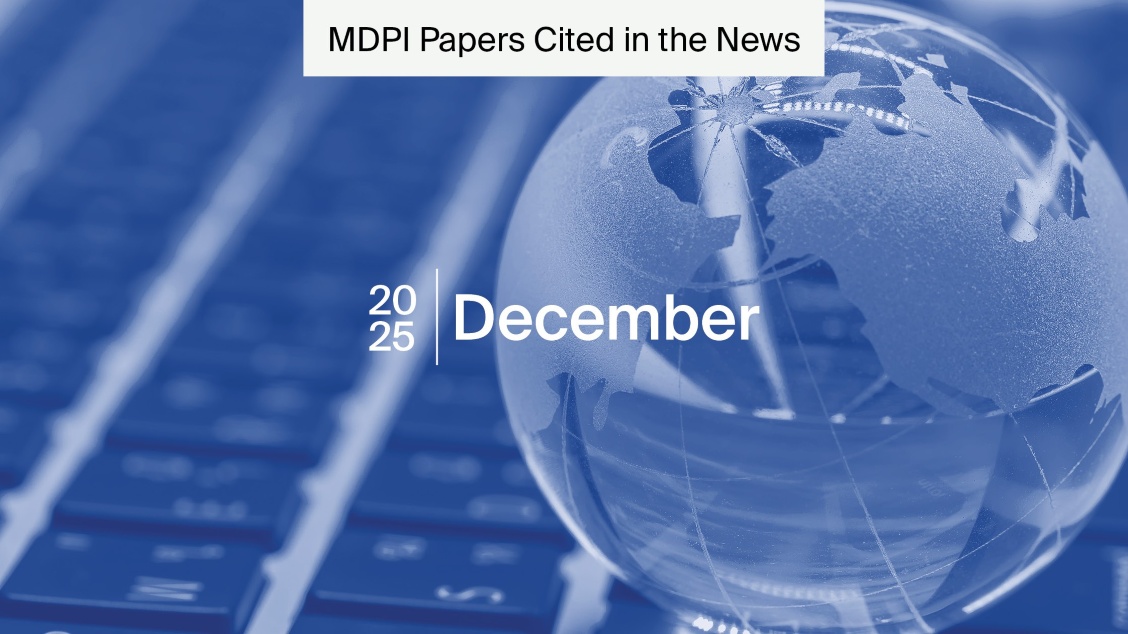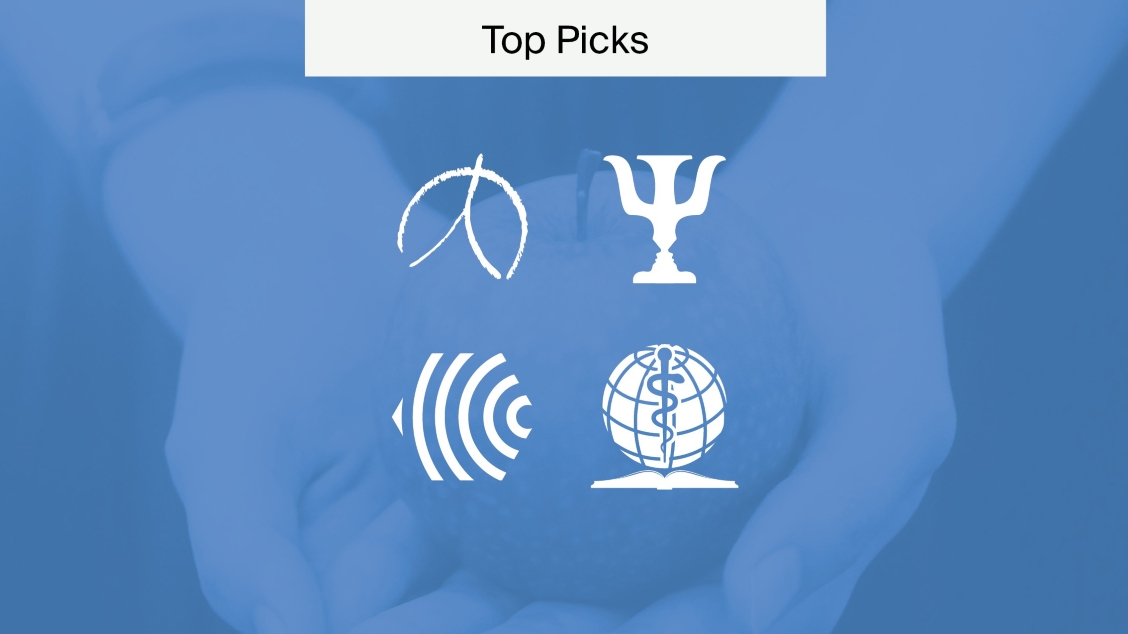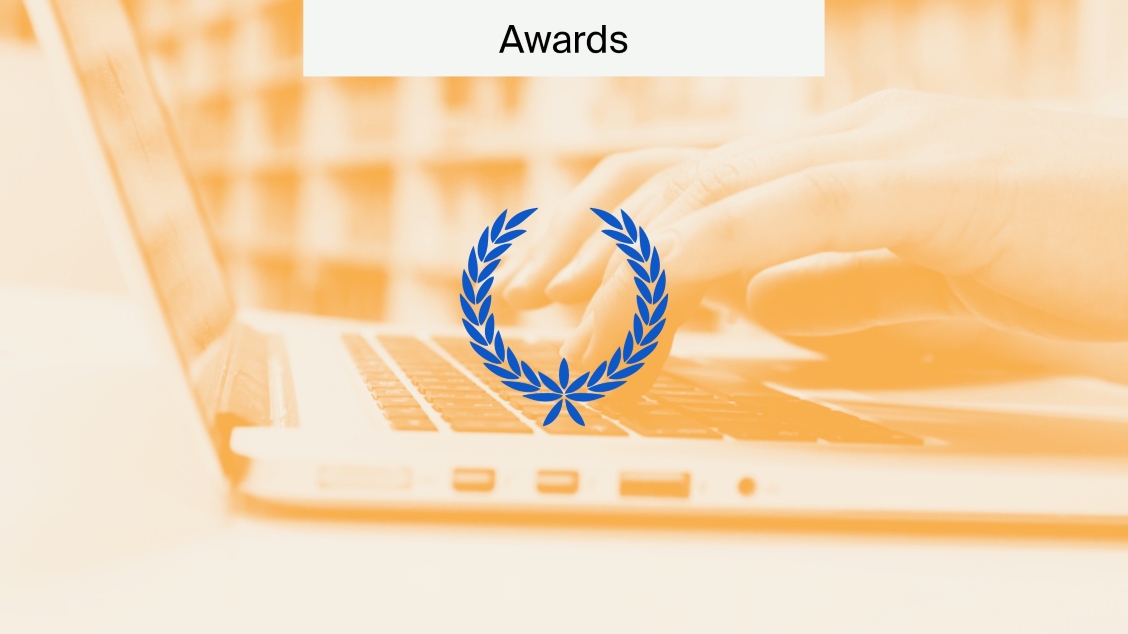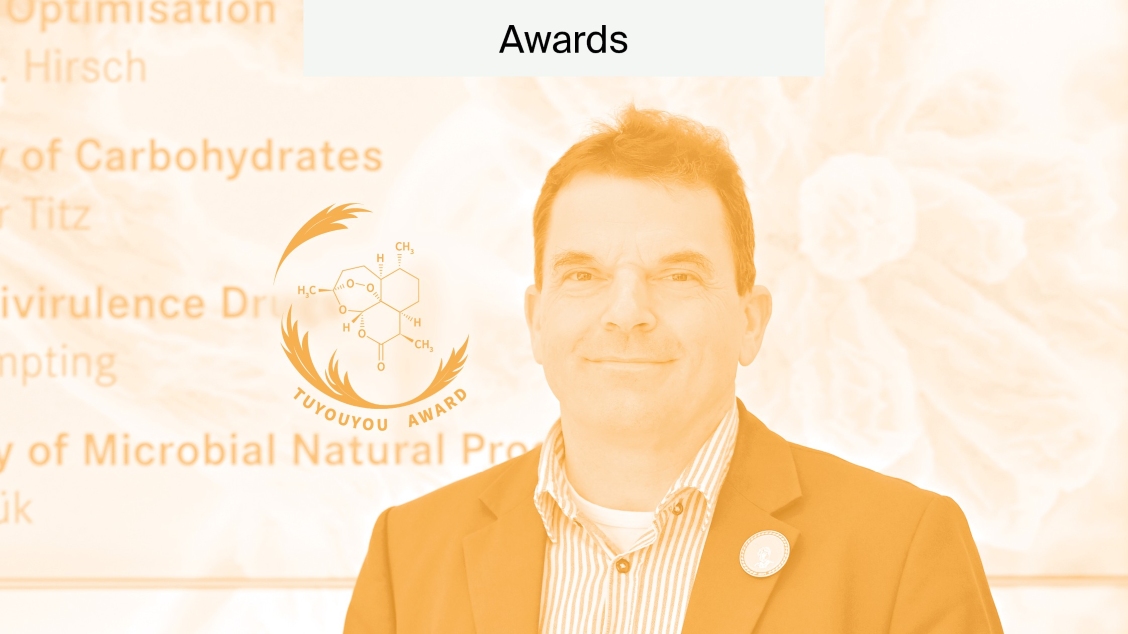
The Benefits of Plain Language Audio Summaries
Plain language audio summaries (PLASs) are becoming increasingly popular amongst academics. They allow authors to communicate their findings in a way that is easier to understand, and thus they can be used to generate interest in an academic field of study amongst the general public.
In this article, we look at the benefits of plain language audio summaries and how they are written.
What is a plain language audio summary?
A PLAS is a communication that condenses esoteric academic material into simple, non-technical language that can be understood by a wider audience. This makes research more accessible, providing the general public with the means to better understand research that often has a high threshold of understanding.
PLASs also include a spoken audio file of the plain language summary. This increases the accessibility dimension further, supporting readers with visual impairments and non-native speakers.
What are the benefits of a plain language audio summary?
There are a great number of benefits to introducing people to your research with a PLAS.
1. Engage future students
Giving an entry-level summation of your research can provide a stepping stone to others’ entry into your field of study. It allows your audience to review the key concepts of your research in a way that is digestible and easy to follow. It is essentially providing them with a starting-off point to understand the rest of your research.
By getting a wider range of people to engage with your content, you are helping to improve scientific literacy and potentially encouraging new students and researchers to enter your field. This is turn helps to progress the field as a whole, helping to ensure that lack of access to scientific research is preventing fewer people from starting out.
2. News and media coverage
News outlets and other media sources devote much of their time to reporting on academic research, whether the implications be for health and fitness, government, or general interest. This allows the general public to stay abreast of important scientific developments, some of which could directly impact their lives.
By offering a resource for journalists and others to better understand your research means that it is more likely to be reported on and be disseminated further. Additionally, having a ready-to-go audio summary of your research is beneficial as media organisations can use them directly in their coverage.
3. Public knowledge
There are a number of benefits to have a better-informed public on various complex issues—for example, in healthcare, economics, and education. It can also help us tackle global challenges, such as climate change and pandemics, which require public understanding and cooperation.
With this rise of misinformation, it is more important than ever to get the public to engage with peer-reviewed, accurate academic research.
How do you write a plain language summary?
Writing a plain language summary is a skill in of itself, like learning to write academically or creatively. Several key steps can be followed, however, to express your research effectively and simply.
1. Identify the key points of your research
It seems apparent, but it is easy with complex academic material to get lost in a sea of information and data. You should only include the information that is vital for the reader’s understanding—the necessary background information to lay out the problem, the basics of your methodology, and the major findings and implications of your work.
This provides the reader with a condensed, simplified spine upon which they can build their knowledge, so that when they get around to reading your manuscript in full, they will be better equipped to understand it fully.
2. Simplify language and use analogies
It is necessary to use everyday words and limit technical jargon as much as possible. Sometimes there may be no alternative to a scientific term, and in such cases it should be clearly defined or expressed in common language.
It is beneficial to use analogies to give readers a reference to compare to. Using relatable comparisons can clarify abstract ideas and improve reader understanding and retention, ultimately making it more engaging.
3. Review and refine
It will likely take a few edits before you’ve effectively boiled down all the relevant information into something comprehensive for a layman. It’s important to critically review every sentence, making sure that it is clear and necessary.
It could be beneficial to get a friend or colleague—someone who’s not an expert in the field—to read your summary and see if they can understand it. This will help you identify the areas that need further clarification and simplifying.
Should I use a plain language audio summary for my research?
PLASs offer a wide range of benefits to authors and the public. They can be used to engage a broader audience, improve scientific literacy, inspire future students, and increase media coverage, to name a few.
If you want to increase the impact of your research and engage a larger audience, PLASs are a beneficial tool to achieve this and get your work read by more than just researchers in your field.











